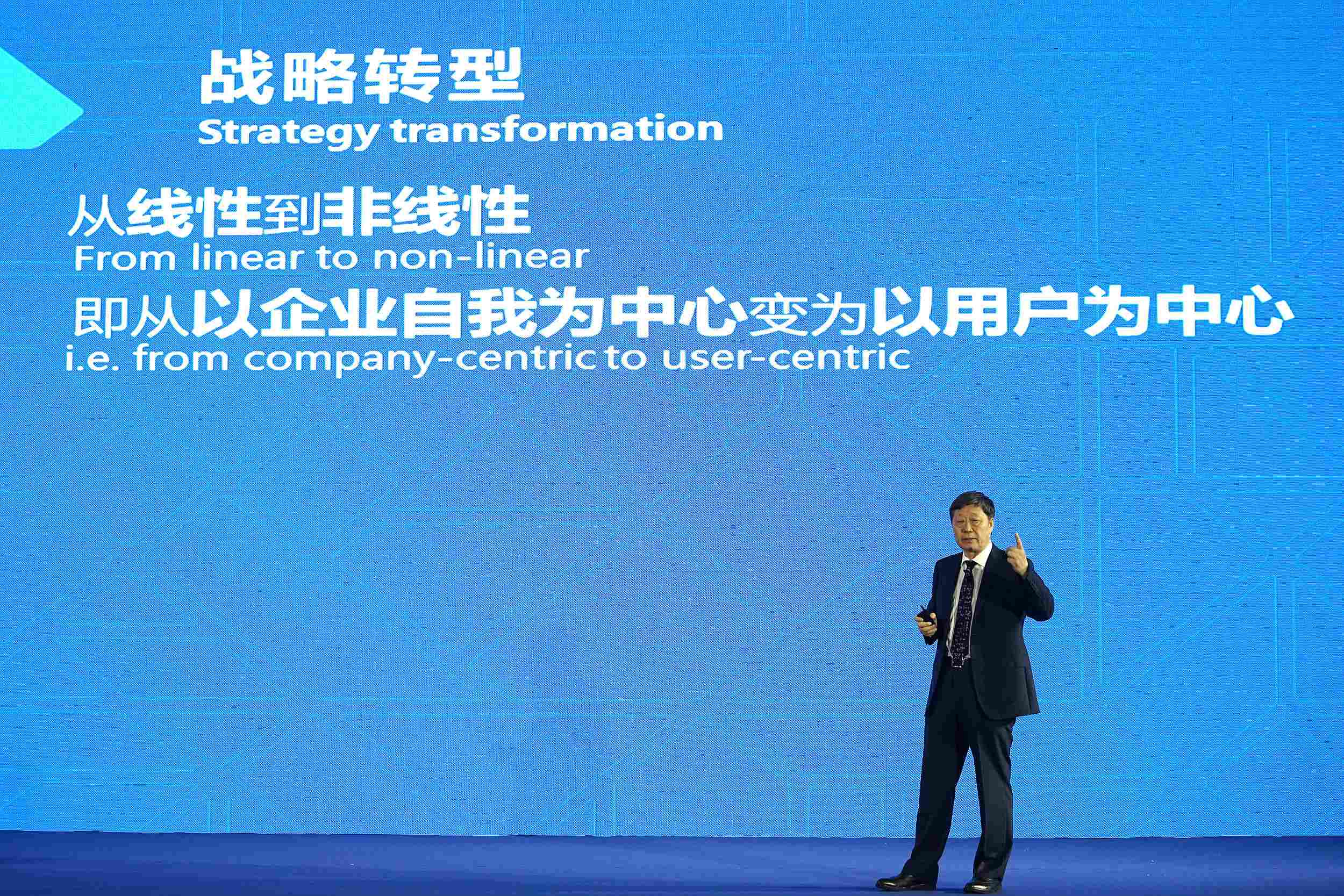
Business
15:56, 23-Dec-2017
Haier CEO: ‘changing lanes’ safer than ‘overtaking others round a corner’
CGTN

“My strategic principle for competing in the digital age is ‘changing lanes’ to surpass others, rather than overtaking others round a corner, because the latter means you eventually have to slow down.”
Zhang Ruimin, chairman and CEO of Haier Group, shared his thoughts with CGTN on how his company has transformed from a traditional enterprise to an Internet-era company in the five years since the 18th Communist Party of China (CPC) National Congress.
Haier Group, one of the world’s largest white household appliance manufacturers, has undergone a management overhaul in the past five years while restructuring the group’s former pyramid of bureaucracy into several self-motivated platforms.
How do Haier’s self-motivated platforms work?

VCG Photo
VCG Photo
Under the new management structure, there are three types of people: platform owners, SME (small- and micro-sized enterprise) owners, and SME staff.
A platform owner’s first task was to reshuffle the bureaucratic system, before establishing the platform with multiple SMEs.
SME owners are the de facto entrepreneurial business leaders: they basically manage everything, from product design and research and development resources, to manufacturing and sales.
The SME employees are also shareholders: self-employed, self-organized and self-motivated.
The platform helps its SMEs create new products and services to meet the rapidly changing demands of customers with the help of the Internet.
Each SME goes through a one-year trial period, and if it fails to reach its targets after a year, it would be automatically dismantled. The SME owner can then build a new team or simply leave.
Based on this new incubator-like management model, Haier has developed a new range of digital products, including the ThundeRobot gaming laptop, Smart Waterbox, and BeethOven toaster-oven.
Some of these products have made a hit on the market, such as the ThundeRobot, while others have seen disappointing sales, like the BeethOven.
By the end of 2016, Haier owned over 200 SMEs, and more than 100 of them earned annual revenue of over 100 million yuan (15.2 million US dollars).
Meanwhile, Haier has laid off more than 26,000 people, half of whom were mid-level executive managers, because of the internal restructuring process.
Haier: From copycat to management pioneer

VCG Photo
VCG Photo
Corporate management theory, in the modern sense, originated from the West. Chinese companies previously adopted management models from America, Europe and Japan.
However, in the digital era the Internet has changed everything, and traditional methods don’t seem to work anymore.
“There’s no definition for success in Haier’s dictionary. In fact, I believe every successful company has simply capitalized on the times we’re in,” said Zhang. In order to ride the Internet wave, Haier has initiated and established this new business model.
The new management system is primarily designed to explore closer and more dynamic integration with customers and platform owners.
However, such rapid transformation is never easy. Zhang admitted that this management overhaul has been harder than any previous reform at Haier.
In numbers, Haier’s revenue and profits were not adversely impacted by the restructure, but new products from internal SMEs have not been able to scale up in production and form strong new growth.
Also in the long run, when the negativity surrounding the dramatic overhaul gets too high, it will inevitably affect the existing established business. To transform manufacturing alongside new advances like the Internet of Things (IoT), Haier still has a long way to go.
548km

SITEMAP
Copyright © 2018 CGTN. Beijing ICP prepared NO.16065310-3
Copyright © 2018 CGTN. Beijing ICP prepared NO.16065310-3